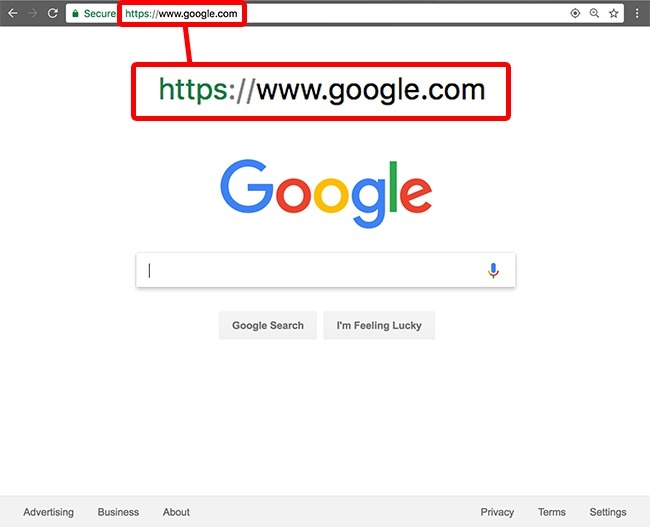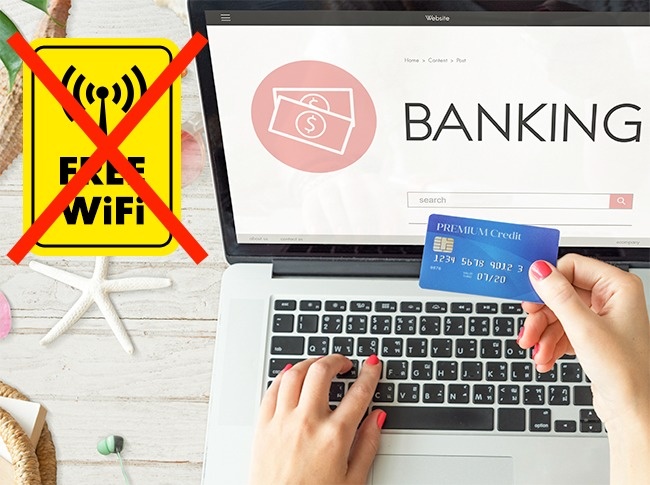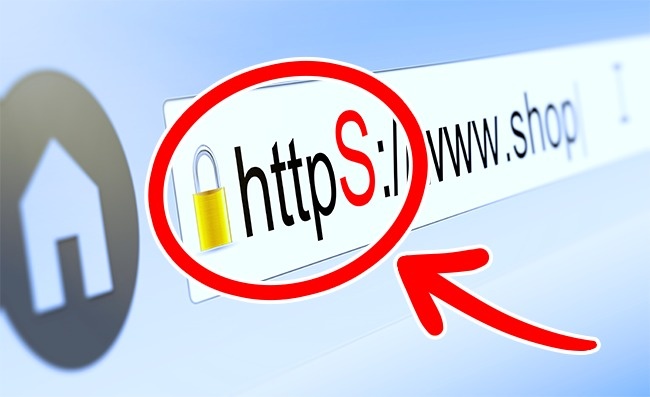Free Wi-Fi is awesome, no doubts here. But public networks hide several risks, including the risk of losing all funds in your bank account.
We put together the top tips to ensure you are never a victim of web fraud when using public Wi-Fi.
How To Safely Connect To Free Wi-Fi
10. Don’t Use Internet Banking Or Type In Your Bank Card Information
The only sure way to protect yourself from data theft is to use mobile traffic to shop online or bank online. A few paid megabytes are a reasonable price for the security of your account.
9. Turn Off Wi-fi If You Don’t Use The Internet
By disabling Wi-Fi, you can solve three problems at once: fast battery drain, automatic connection to a fraudulent network, and annoying advertising emails.
For additional protection against the latter, add an extension called DoNotTrackMe to your browser; it will not allow the device to track your movements.
8. Connect Using VPN
VPN, or virtual private network, allows you to remain anonymous while online – the sites you enter will see the IP of the virtual network, not yours.
Such networks, though, are mostly paid and slow down your connection. However, the price is generally not that high, and most VPN providers still have free services too.
7. Don’t Let Your Device Remember The Network
Most devices will automatically remember and connect to the access point they used at least once before. Scammers can create their own access point with the same name and thus gain access to their profile data or even, with certain artifice, to your finances.
6. Pay Attention To The Name Of The Network
Hackers often use networks with names similar to those that already exist nearby. The only difference is that a real access point requires payment or authorization/password, whereas a fake access point is free. Therefore, before connecting to a free network, ask its owner for its name first.
5. Install A Good Antivirus Software
Always use the latest versions of the antivirus. There are new ways to hack almost every day, and your antivirus must be kept up to date. In addition, antivirus software warns of possible false connections from access points.
4. Choose Networks With Two-stage Authentication
A network that requires no additional action to connect is possibly a scam. To stay safe, choose an access point that requires you to enter a code sent as a text message to your phone. This will protect you from criminals who duplicate the names of free networks.
3. Keep Your Passwords Encrypted
While it seems obvious that you shouldn’t write your passwords on your devices, many do. This monitoring makes it much easier for criminals to access your data.
If you still want to store passwords on your multimedia device, use at least one password manager that encrypts the information it contains.
2. Check The Website’s URL

Fake networks might also redirect you to well-known websites, except those are really only collecting your personal data. If you find strange characters in the URL of a familiar website, it probably means that the website is not authentic.
Google.com and ɢoogle.com are not the same. Be sure to use a reliable and secure browser, because a good browser will detect these differences and alert you.
1. Use A Safe Connection
It’s easy to identify a secure connection: the URL begins with https: // instead of the usual HTTP: //. Some sites, like Google, always use a secure connection to transfer data.
If you want all sites to be secure, consider installing the HTTPS Everywhere extension, compatible with all popular browsers.





